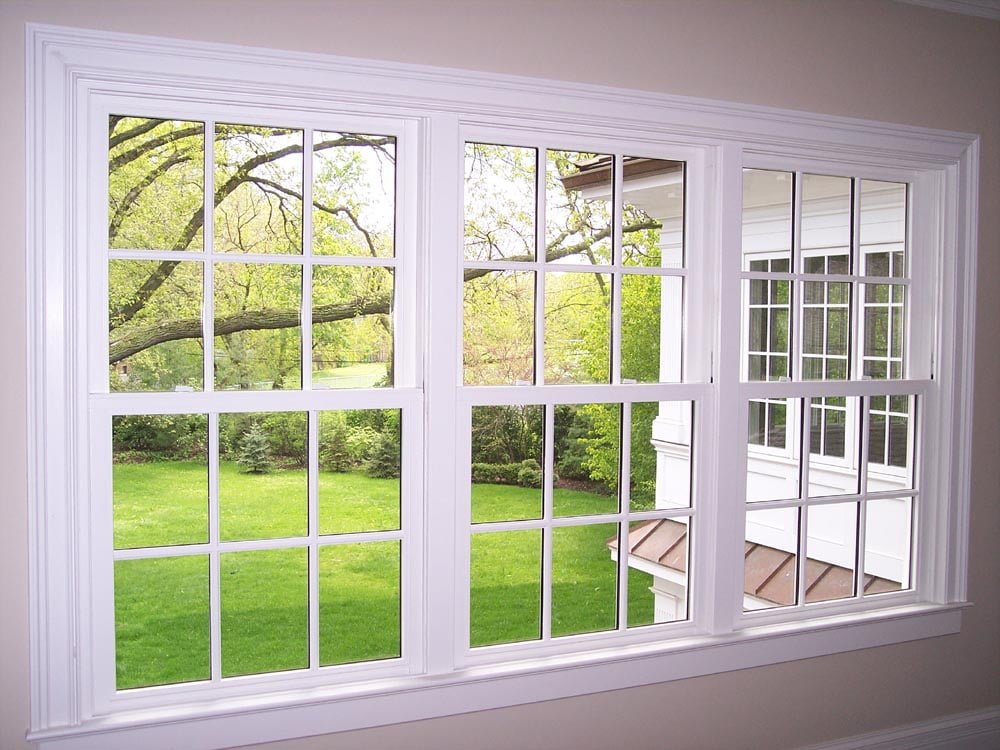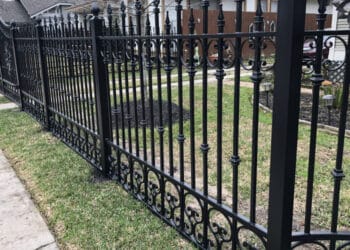When you start to research the options on your window replacement project, you will find there are myriad choices in style, color, materials, and features. At the end of the day, however, you’ll likely notice that there are two basic choices that make up the bulk of the residential window replacement market. These are casement windows and double-hung windows. Each comes with its own set of features and benefits, along with its own price point. When your homework is done, you will probably see the distinct advantages of one over the other. Let’s explore the similarities and differences between casement windows vs double-hung windows.
Casement and Double Hung Windows – What’s the Difference
The major difference between these two styles of window assembly is how they open and close. To open and close, a hand crank operates a casement window system. Casement windows have hinges on one side and swing outward when cranked. Double-hung windows, by contrast, slide up and down to let air in and out, and, as the name would suggest, include two separate window sashes, upper and lower. A significant difference between the two styles is that casement windows have the screen on the inside, whereas double hung have them on the outside.
Another consideration to keep in mind is your expectation of an outside view. Casement windows will generally offer a more unobstructed view of the outside than double-hung assemblies. This is because of the meeting rail in the middle of the double-hung installation, where the two sashes meet – this point if at eye level, will hinder your view outside.
It is important to note that in either case, the screens themselves can also be an obstruction to the view outside, although there are new screen designs out there that address this.
Which Style is More Energy Efficient, Casement or Double Hung
This is a bit of a toss-up. Properly installed, and constructed of good quality, both casement windows, and double-hung windows will offer increased energy efficiency over your current old and leaky windows. Casement windows offer a snug fit when closed and locked; double-hung windows slide tightly along their tracks, allowing for very little air intrusion. The potential for air leakage along the top of double-hung window frames can be mitigated with a proper seal along that entire upper edge.
The difference in Installed Cost
Casement window installations can be up to twice as expensive as double-hung window assemblies. This is partially due to the fact that they are not as common in the marketplace, which can drive up costs. Their mechanics tend to be more complex, which also adds to the installed price.
In the case of double-hung windows, occupying a bigger piece of the market tends to drive prices down, due to the increased competition among manufacturers and installers.
A wise purchaser always does their homework and shops around, but you can consider this price difference pretty much a rule of thumb for your window replacement project – casement windows will cost you more.
What Mechanical Issues Are There for Each Style
Casement windows, due to their aforementioned mechanical complexity, tend to experience issues sooner, particularly involving the crank mechanism. Their design also contributes to the entire assembly loosening over time. This will lead to air leakage that wasn’t there initially.
By contrast, double-hung windows have fewer mechanical components, so fewer things can go wrong with them. One defect that can develop over time is dropped windows when the lower of the two sashes refuses to stay in place up high, and drops.
Making sure that you choose a good quality assembly, installed professionally will minimize the chance for early failure, and offer the longest trouble-free performance of your window replacement project.
In Summary
The two major players in the residential replacement window market are casement windows and double-hung windows. Each design is time-tested, with countless successful installations the world over. That said, each has its upsides and downsides. On a strict comparative basis, the edge may be given to a good double-hung window installation over the casement. Their lower cost and higher portion of the market seem to lean in this direction. Casement windows, at the same time as being more expensive, also have the built-in issue of possible mechanical issues from the crank assembly. Nevertheless, each homeowner’s situation is unique. There may be very good reasons why you would want to choose one style over another. You may even take a mix-and-match approach, dependent on your individual room use or other factors. At the end of the day, the advice remains the same, regardless of which style you choose: Pick a quality window design, installed by a professional window contractor. That way, you minimize window-related hassles down the road.





